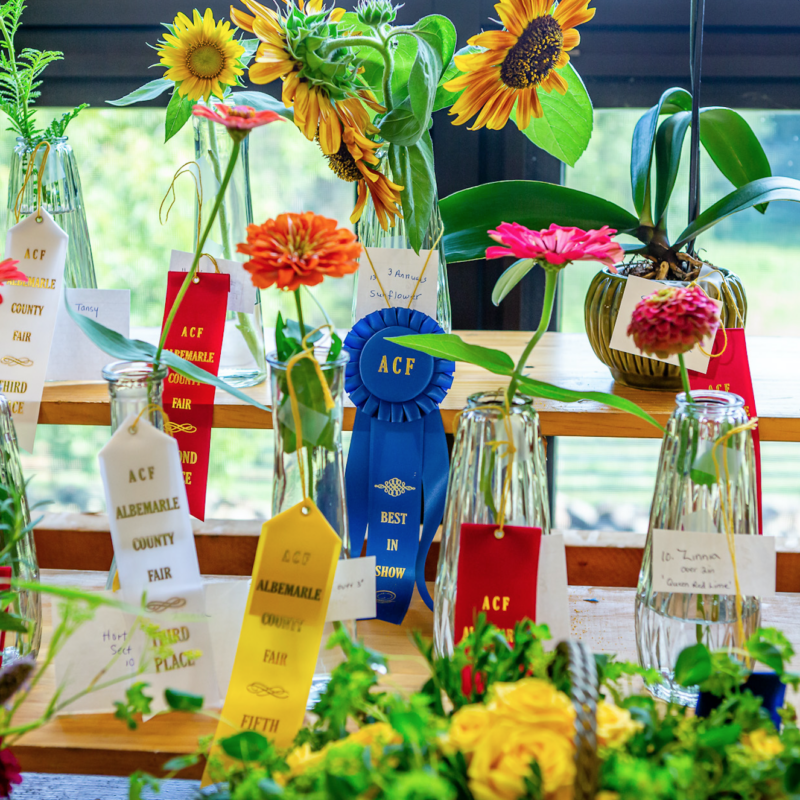While working as a publicist for restaurants, chefs, and sommeliers, I got to wondering what it would be like if we all had a publicist. Especially now that I am a mother to a toddler that has yet to say, “I love you, Mommy, and think that you are doing a tremendous job,” I dream of what it would feel like on the other side—to have someone solely dedicated to promoting everything you do to the rest of the world. “Next, on Entertainment Tonight, effortlessly chic mother did four loads of laundry, practiced pilates, showered, applied mascara, went grocery shopping, taught her daughter the alphabet, made lasagne bolognese, drank eight glasses of water, moisturized her entire body, and read two pages of a nonfiction book before going to bed at 11pm.” Doesn’t seem like too grand a request when even the mundanely inanimate have publicists—colors, cell phones, prunes, high fructose corn syrup, and now wine grapes?
 |
Whether a grape is a hybrid being groomed to debut on the domestic wine stage (e.g., Marechal Foch), or an under-acknowledged workhorse needing a fresh image (e.g., Carignan), or a fallen-from-grace superstar undergoing damage control (e.g., Merlot), they can no longer simply rest on their high flesh-to-skin ratio or tolerance to powdery mildew. No, if a grape wants to claim any share of the consumers’ minds or market baskets, it needs a backer.
Sommeliers used to be the grape trendsetters. Just like that old commercial where a hush falls over a crowded restaurant when one woman begins, “My dermatologist said…” recent informants would deliver the gospel of their sommeliers by ordering a Grüner Veltliner for their unschooled dining companions, thus making a household name out of what sounds more like a German aircraft. However, with fewer fine dining restaurants out there, and even fewer that employ sommeliers, advertising, marketing, and PR agencies are launching worldwide, multi-year, two-pronged wine campaigns to garner more cubbies in the wine-lover’s cellar. In 2006, the agency behind Wines of Chile launched country-based advertisements in trade and lifestyle publications and then focused on securing editorial coverage for the country’s star grape, Carménère, resulting in a 2 percent increase in sales by 2009. So, for instance, in the same time that it takes a producer in Missouri to harvest, bottle, and release his latest vintage of Norton, his PR agency could be working in tandem to make Norton the newest darling on the wine scene, complete with its own specialized Riedel glass (which, incidentally, was released in January).
The key to all great advertising campaigns are a single, digestible, repeatable message.Nike: Just Do It. Pork: The Other White Meat. Miller Light: Tastes Great, Less Filling. And, while wine is as much a consumable product as these others, I have a hard time with the idea of uncorking a slogan every time I uncork a bottle. Get Beaujolaid? Shiraz: It’s What’s For Dinner? Burgundy’s a Bitch and Then You Die? No matter how commercial I know wine is, I still want it to be a precious commodity. I want to believe it was delivered to the wine store by the winemaker’s own soil-covered hands. I want to buy the lifestyle behind it as much as what’s inside of it. I guess that just makes me an old-fashioned sucker.






